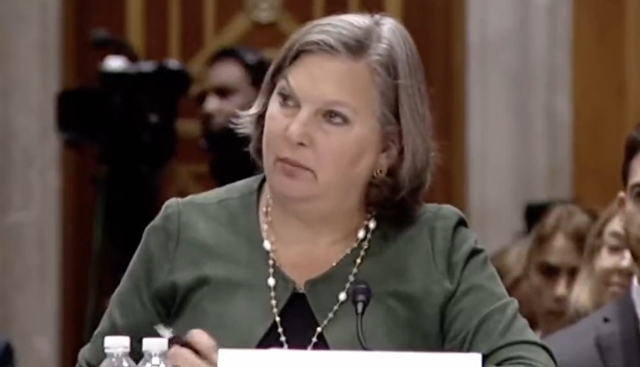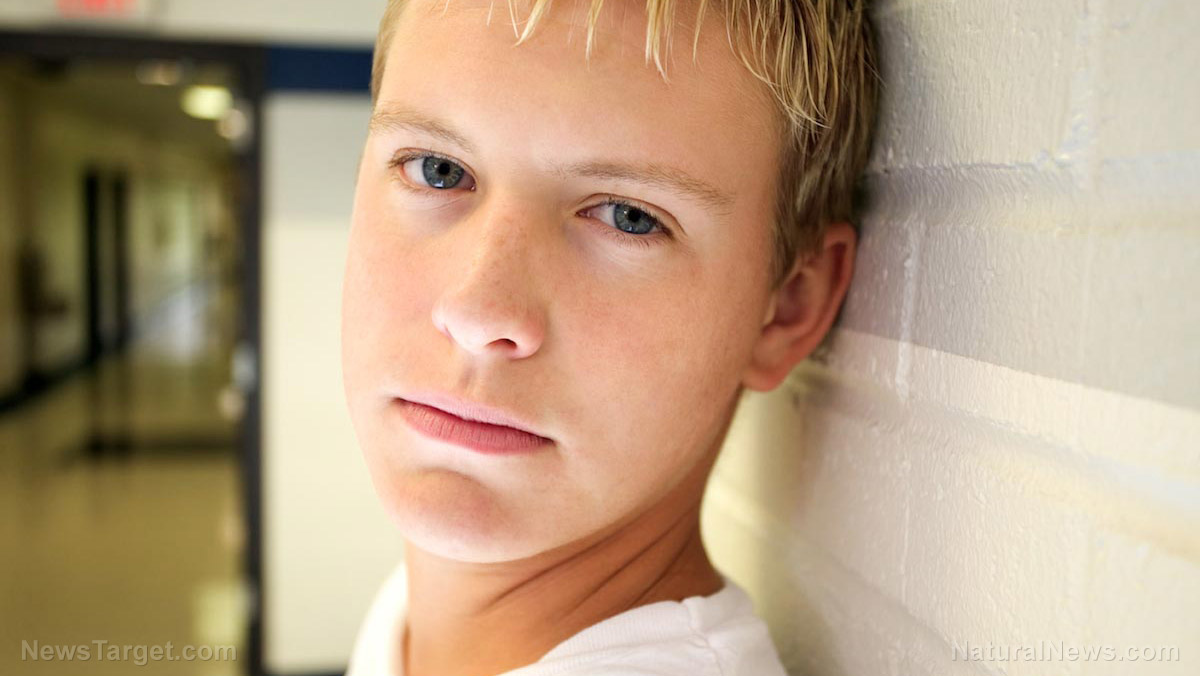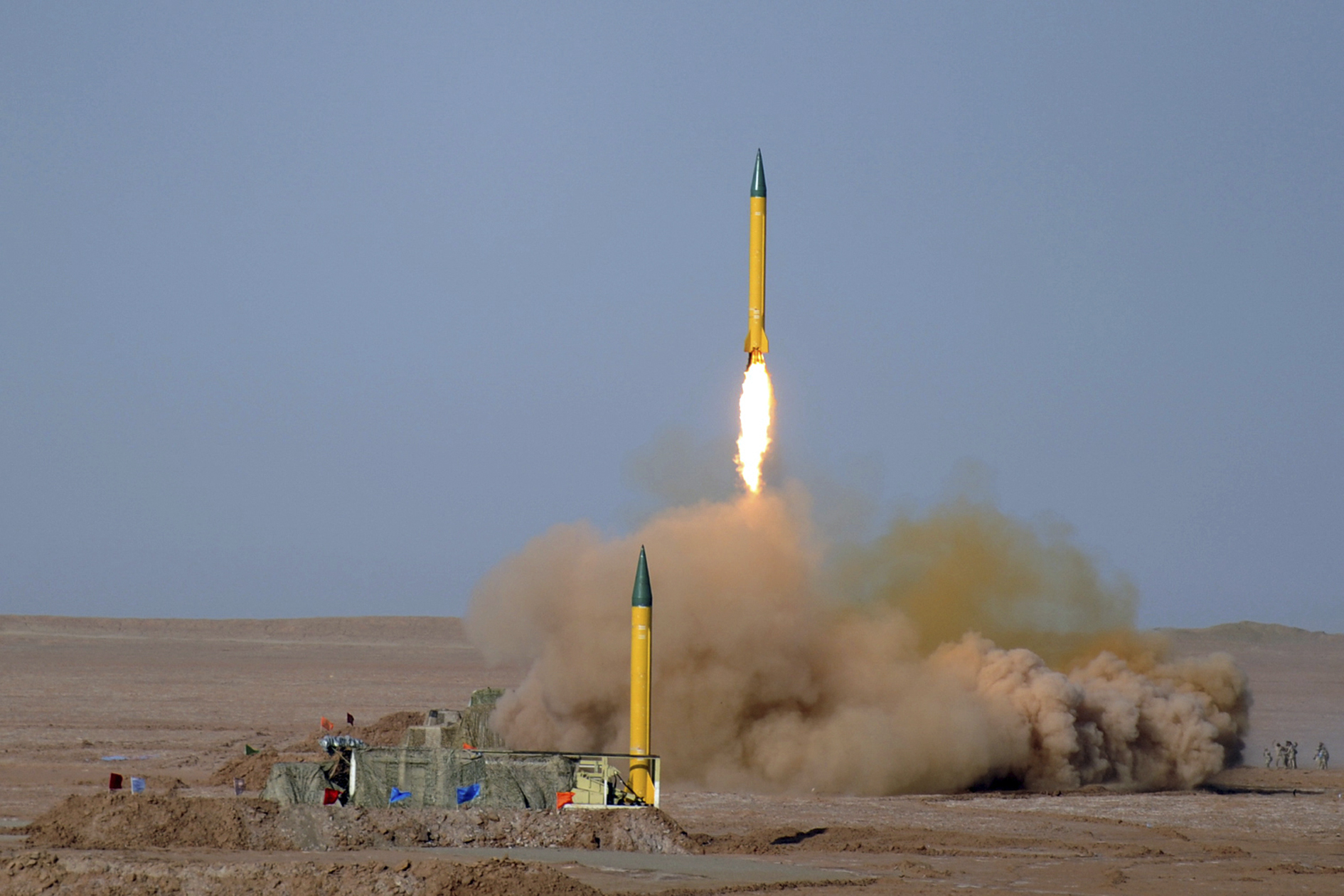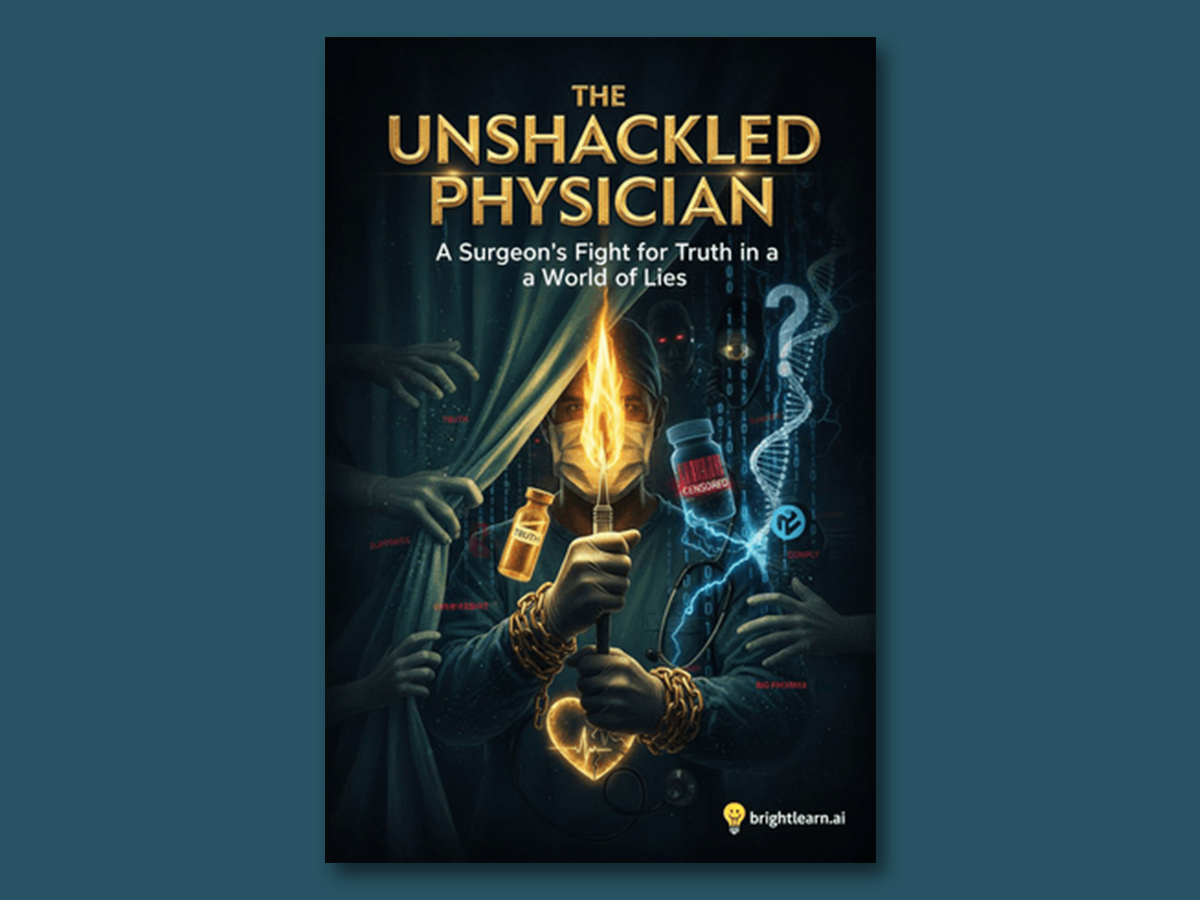San Francisco FINALLY installs safety nets to prevent suicides off the Golden Gate Bridge
By zoeysky // 2024-02-23
Tweet
Share
Copy
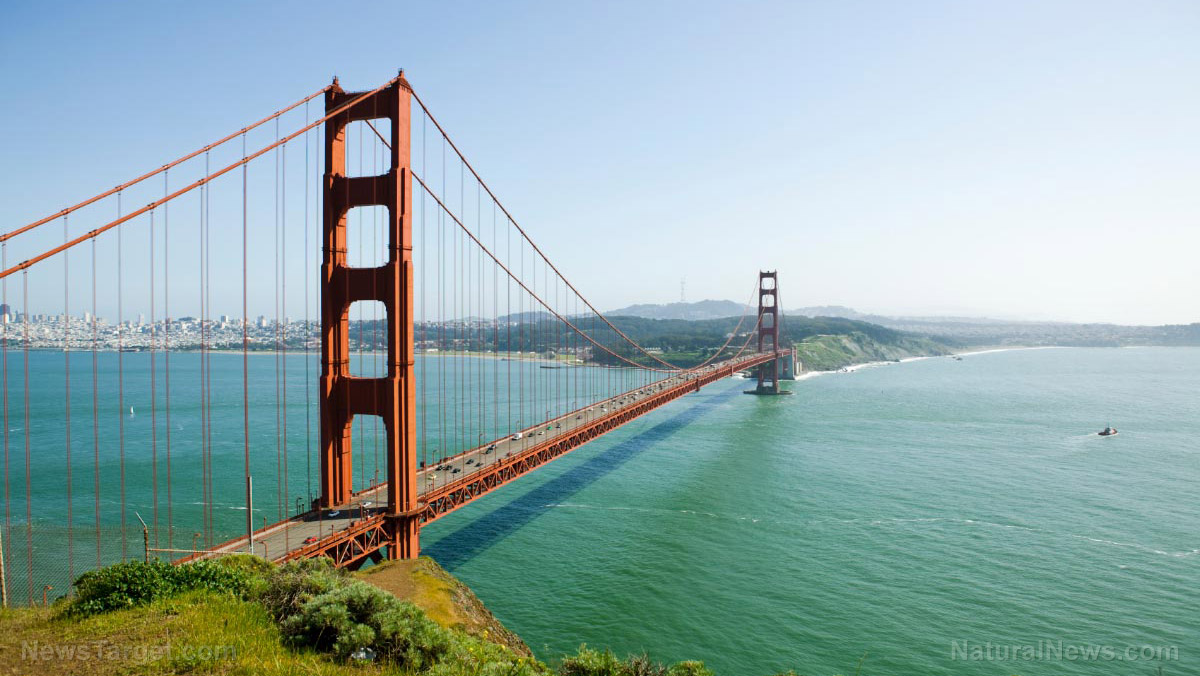
Decades after grieving loved ones have advocated for it, San Francisco officials finally announced the installation of safety nets to prevent suicides at the Golden Gate Bridge.
On Jan. 3, officials reported that crews had installed stainless-steel nets on both sides of the picturesque 1.7-mile-long (2.7-kilometer) bridge.
Estimates suggest that at least 2,000 people have plunged to their deaths since the Golden Gate Bridge opened in 1937. To combat this, San Francisco city officials approved the creation of the Golden Gate Bridge Suicide Deterrent System in 2014. (Related: Healthy habits and mental well-being: Natural ways to beat depression.)
The suicide deterrent system, also called the Suicide Deterrent Net, has been installed on the east and west sides of at least 95 percent of the bridge. Because of ongoing construction or design factors, vertical fencing is in place instead of or in addition to the net in some areas.
In 2018, four years after the project's approval, work began on the 20-foot-wide stainless steel mesh nets. However, efforts to complete them were often delayed, until now.
The nets, which are placed 20 feet down from the bridge’s deck, are not visible from cars crossing the bridge. However, pedestrians standing by the rails can see the safety nets.
The nets were built with marine-grade stainless steel that can withstand the harsh environment that includes fog, salt water and strong winds that often envelop the famous orange structure at the mouth of San Francisco Bay.
Dennis Mulligan, general manager of the Golden Gate Bridge, Highway and Transportation District, explained that they had "a continuous physical suicide barrier installed the full length of the 1.7-mile bridge on the east and the west side." The nets have helped seal the bridge, and he added that the barriers are working as intended.
As the project neared completion in 2023, the number of people who jumped went down from an annual average of 30 to 14. Data showed that the deaths occurred in areas where crews had not finished installing the barriers yet.
While some people still jumped into the safety net, crews were able to help them out of there. Some of the people jumped into the ocean from the net and died, said Mulligan.
The nets of the Suicide Deterrent System were designed to deter someone from jumping and curb the death rate of those who still jump. With the nets, the people who jump "will likely be badly injured."
Mulligan explained that the nets are made with stainless steel wire rope netting and that it feels like "jumping into a cheese grater." The net is tough and it doesn’t stretch.
Mulligan added that to deter suicide attempts, they wanted people to know that if they went ahead and jumped, they would get hurt.
Concerned civilians rallied to finally complete the safety nets
Firefighters in both San Francisco and Marin counties are being trained to climb down and rescue individuals who jump into the safety nets. Ironworkers who maintain the bridge are also trained in rescue techniques and to perform many of the rescues. On the deck, members of a bridge patrol take shifts to try and help those considering suicide and prevent them from jumping. Mulligan reported that in 2023, the bridge patrol helped discourage at least 149 people from jumping. People first asked bridge officials to do something about the suicides shortly after the Golden Gate Bridge opened eight decades ago. It took some time, but a small group of parents, including Hines' father, Patrick, who organized the Bridge Rail Foundation in 2006 finally achieved their goal. The name comes from the group’s request that the four-foot-high (one-meter) railing be raised along the bridge. The group's members often attended bridge meetings with large photographs of their lost loved ones. Unfortunately, a public comment campaign revealed that most people didn’t want to raise the railing because it would block the amazing views from the bridge. Paul Muller, president of the Bridge Rail Foundation, explained that an architectural firm recommended the nets based on the success a similar net had in preventing suicides in Bern, Switzerland, where officials installed the nets at a popular terrace overlooking a river. Safety net advocates also explained that stopping easy access to lethal means is key to preventing suicides. Watch the video below to learn more about Hines' suicide attempt and his advocacy for suicide prevention. This video is from the Counter Culture Mom channel on Brighteon.com.More related stories:
Study reveals gambling resulted in 184 suicides in Victoria, Australia. Social media use linked to TEENAGE DEPRESSION, warn mental health experts. FDA WARNING: Two popular antiseizure drugs have a potentially DEADLY side effect. Sources include: TheEpochTimes.com GoldenGate.org Brighteon.comTweet
Share
Copy
Tagged Under:
national security big government progress suicide attempts San Franciso Golden Gate Bridge Suicide Deterrent System safety nets suicide barriers
You Might Also Like
Supreme Court rules Trump must remain on primary, general ballots in 2024 election
By Ethan Huff // Share
Mothers of 2 young girls killed by HPV vaccine file lawsuit against Merck
By Cassie B. // Share
Recent News
Iran conducts surprise missile drills amid rising tensions with Israel
By kevinhughes // Share
Kremlin denies reports of plans to "restore Soviet influence"
By bellecarter // Share
How AI news bots are quietly reshaping public opinion
By avagrace // Share
The Unshackled Physician: A surgeon's awakening to medical tyranny
By ramontomeydw // Share

